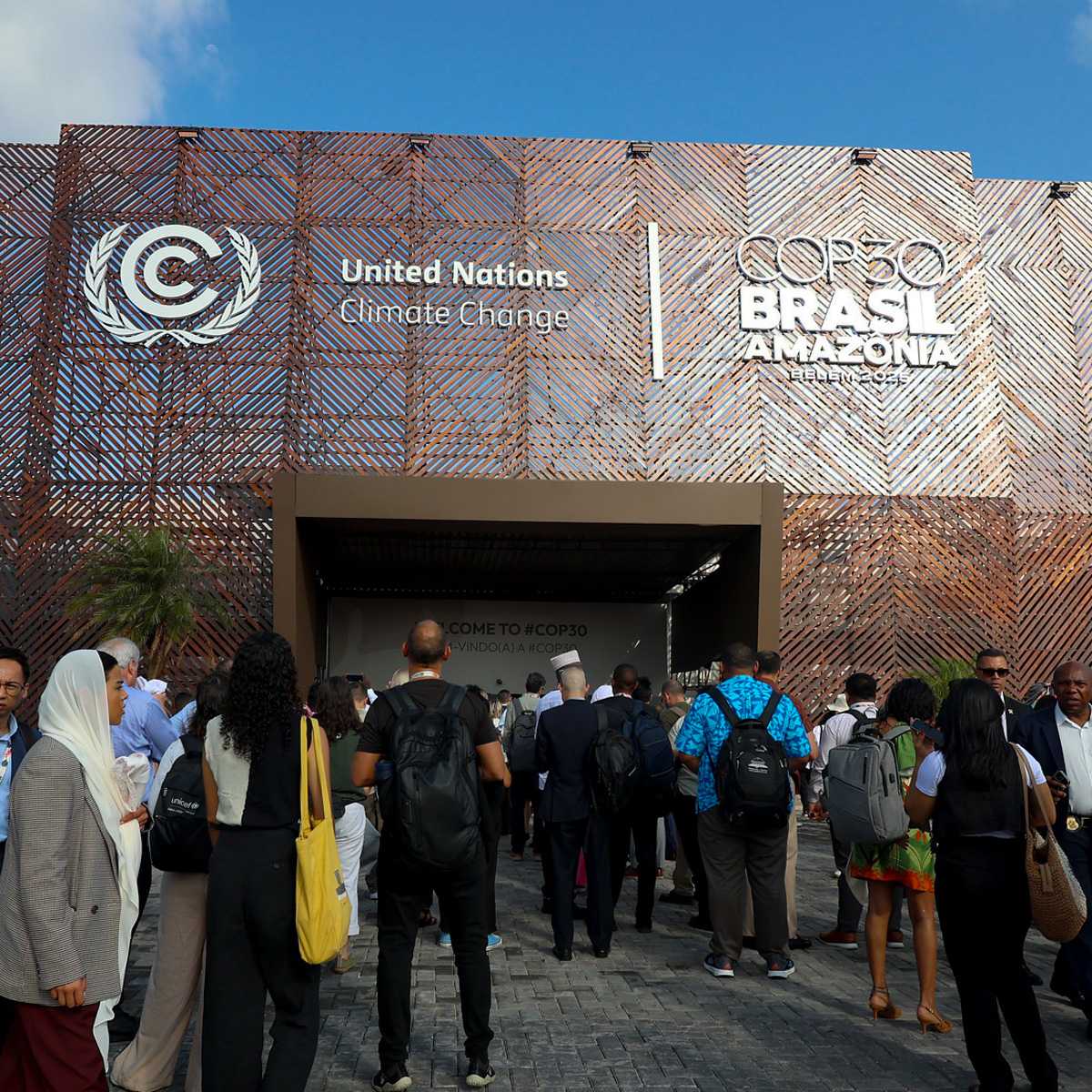

Sitting in one of the most water-stressed places on the planet, Dubai was one of the last places on earth you’d expect to see images of cars submerged in six-foot deep pools of rainwater on highways, and double decker aircraft surfing through flooded runways. But it happened; and it took many by surprise.
The record breaking rains, which saw a year’s rainfall pour over Dubai and the United Arab Emirates in one day, brought with them the immediacy and the impact of the increasingly volatile and intense weather patterns being wrought by the deepening climate crisis. At the same time, just under 2,000 kilometres away across the Arabian Sea, Mumbai was roasting in almost 40-degree heat—the highest temperature recorded in the Indian city for a decade.
2024 is on course to become the hottest year since records began more than 150 years ago—it would overtake 2023 as the hottest year on record. A clear and potentially catastrophic pattern is emerging.
You would think that popular awareness of these events and the irrefutable link to climate change might be matched by high awareness of what’s being done to tackle the crisis by businesses. Regrettably, this is not the case and this is where communicators must step in and step up.
Last year, APCO worked with the World Business Council for Sustainable Development (WBCSD) to conduct a survey across 39 countries to measure the perception of progress toward climate goals, the contributions of different actors to the goals, and the importance of the communications industry in supporting and driving further and faster climate action.
Our inaugural Climate Action Confidence Tracker found that while climate is top of mind (43% of respondents ranked it as more important than any other global issue) there is a glaring gap between this and what people think large companies are doing about it. Just over half of respondents (51%) were aware of climate action by such companies and governments, but only 39% believed that sufficient action was being taken by them to achieve their declared net-zero targets.
Perhaps more strikingly, the Climate Action Confidence Tracker discovered that the language companies are using to communicate climate positive actions doesn’t seem to be landing. A third of respondents said they didn’t know what “we are aiming for net-zero” means. As many as 72% of respondents agreed with the statement that “everyone says climate change is important, but it’s hard to tell who is doing anything about it.”
That is not a great result considering that—as our survey found—social media posts by large companies and the companies’ websites rank among the top sources of information for people on climate action. Yet the link to business is important, because people in our Climate Action Confidence Tracker also see the private sector as playing a key role in solving the climate challenge: 70% of respondents agreed on the role of scaling up business innovation and technology to meet climate targets.
For companies, the message is unequivocal: the public wants more—and clearer—information about climate action that’s relevant to their lives. People also tend to find climate-related talk confusing. They want governments and corporations to communicate their actions more clearly, and they demand transparency in the form of objective frameworks for measuring progress.
This means that a rethink is needed about the way companies communicate. It requires a mindset shift—a new approach—to engage more effectively with both public opinion and company boards to drive change and build reputation. For Chief Sustainability Officers and those in similar roles, we have identified five key actions that can be taken to respond to this set of challenges.
First, use the right tone and simple language. Tailor communication and engagement to the audience by making it personal and relevant, focusing on real-world benefits and using visual and creative techniques to simplify sustainability messaging.
Second, be transparent and candid about progress, milestones, challenges and direction of travel.
Third, launch campaigns and engagement initiatives to deepen understanding and empower people to act.
Fourth, amplify with social media, which works as an echo-chamber, driving the message.
And finally, foster partnerships with trusted organisations, influencers and industry peers to not only extend influence but also magnify the message on the unified effort for change.
Perhaps the most surprising finding in our survey was the level of optimism among people that the world will achieve climate-related targets, despite the challenges outlined above. As many as 55% said they felt reaching global net-zero targets by 2050 is definitely or probably achievable.
I, too, am optimistic that we can act, unite and deliver, with the right approach.
Related Articles
Navigating the Storm: Why Crisis-Ready Leadership Matters More Than Ever in Higher Education
November 21, 2025
COP30 Leader’s Summit Recap
November 10, 2025


